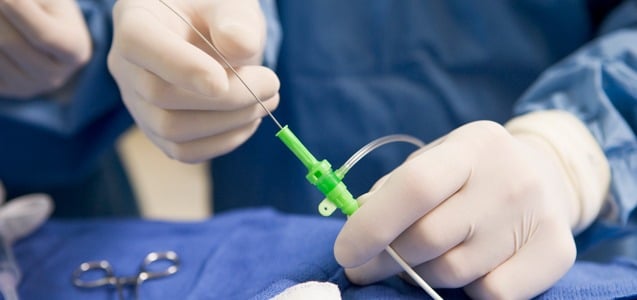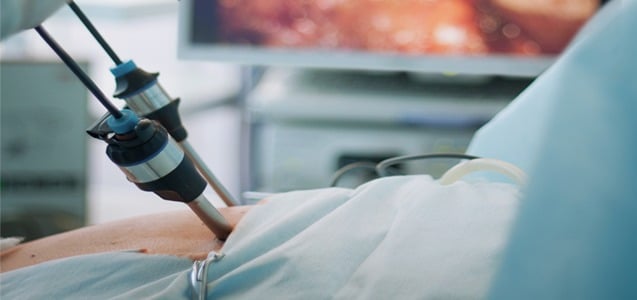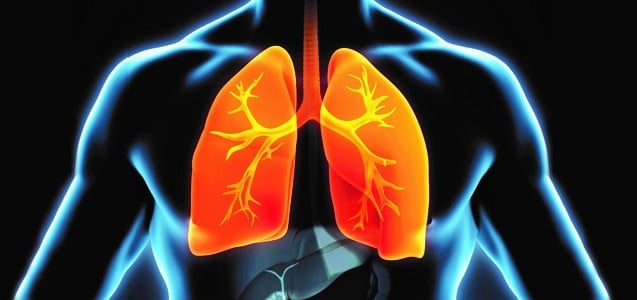
Injury During Spinal Surgery
Spinal surgeries can be very long and involved procedures. Despite the fact that it is not common, patients are at risk of a spinal injury during surgery – such as nerve root or spinal cord damage resulting in paralysis, numbness, loss of bladder and/or bowel function, limited mobility or disabling pain. Sometimes the hardware implanted...
CONTINUE READING
Accidental Burns During Surgery
Many times a patient will go in for a routine operation performed under general anesthesia but may come out of surgery with a 3rd or 4th-degree burn injury as a result of an operating room error. An electrical, or electrocautery, burn can occur when the grounding pad for electrical surgical equipment is improperly placed, or...
CONTINUE READING
Compartment Syndrome, Post-Operative Onset
Compartment syndrome is a potentially devastating post-operative complication in which increased pressure results in insufficient blood supply to muscle and nerve tissue within the effected internal space. Causes of compartment syndrome in the post-operative patient include: being left too long in a position during surgery that blocked one or more blood vessels; or, having bandages...
CONTINUE READING
Paralysis Caused By Spinal Surgery
An ideal outcome in spinal surgery is dependent of the coordination of efforts by the surgeon, anesthesiologist, and neurophysiologist. Because patients are under general anesthesia during surgery, techniques for examining the nervous system for potential injuries can be somewhat limited. Intraoperative spinal cord monitoring (IOM) allows the surgeon to record the electrical signals transferred along...
CONTINUE READING
Injury During Cardiac Catheterization
Cardiovascular disease (CVD) is the number one cause of death globally. Because more people die annually from heart disease than from any other cause, it is important to take preventative measures to examine how well your heart is working. Diagnostic procedures and medical tests are commonly performed by medical professionals to monitor the heart and...
CONTINUE READING
Perforation of Small Intestine During Laparoscopic Cholecystectomy
Laparoscopic cholecystectomy, commonly referred to as a “lap choly,” is a procedure that involves removing the gallbladder. A patient may need removal if the gallbladder is full of gallstones (cholelithiasis), inflamed, or infected (cholecystitis). When a lap choly is needed, laparoscopic techniques are used to perform this minimally invasive surgery with the assistance of a...
CONTINUE READING
Abdominal Injury During Laparoscopy
Laparoscopy is one of the most common abdominal surgical procedures performed around the world. It is a minimally invasive surgery, which a surgeon performs by making several small incisions, each one about ½” in size, through which surgical instruments are inserted. Minimizing the size of the surgical incision greatly reduces the patient’s post-operative healing time,...
CONTINUE READING
Colonoscopies Help Millions of People Annually, But What Can Go Wrong?
There are over 14 million colonoscopies performed annually. This can be a life-saving procedure for many individuals. Colonoscopy exams allow doctors to go inside the large intestine and the colon with flexible tubing attached to a small video recorder. The purpose is usually to use the video image from the recorder to identify polyps, ulcers,...
CONTINUE READING
Sleep Apnea Sufferers Have a Higher Risk of Hypoxia During Surgery
Sleep apnea is a disorder where breathing repeatedly stops and starts while the individual is asleep. Since it is a disruption to REM sleep, those affected often feel fatigued during the day or wake up with headaches and have difficulty with irritability and paying attention. It is also uncontrollable, which can make it potentially dangerous...
CONTINUE READING
Medical Professionals Often Fail to Diagnose Pulmonary Embolism
Pulmonary embolism (PE) is a leading cause of preventable death in the United States, where it is estimated that at least 100,000 Americans die of PE every year. Pulmonary embolism occurs when a blood clot travels to the lungs, where it gets stuck and blocks blood flow, causing fluid and pressure buildup, damage to lung...
CONTINUE READING